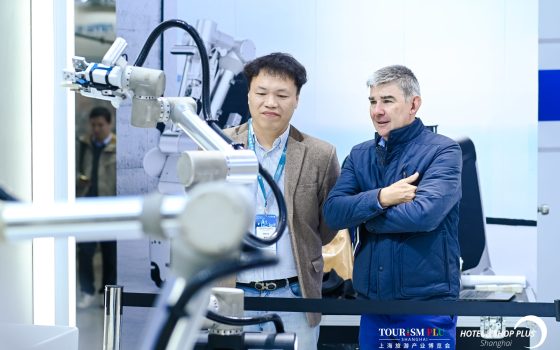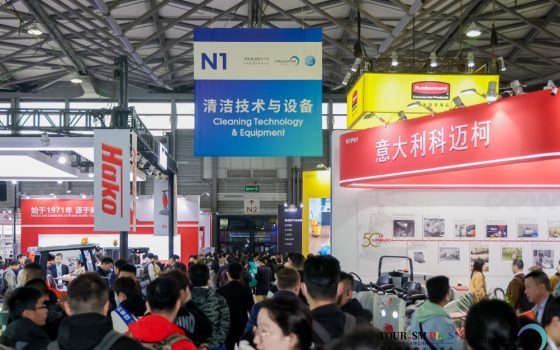Five challenges in municipal outdoor lighting
You can tell that Smart Outdoor Lighting Alliance (SOLA) executive director Bob Parks enjoys educating people. In our most recent webcast, he represented the obstacles and misgivings experienced by municipal engineers and decision makers when it comes to replacing the familiar fuzzy glow of traditional outdoor lighting with newer solid-state lighting (SSL) technology. I found that he as he expressed these challenges, he deconstructed them with information that didn’t overwhelm. Here's my take.
1. “Conventional wisdom” about outdoor illumination and visibility is misleading.
Parks tackled the correlated color temperature (CCT) controversy head-on…without discounting the perception of light as it plays into the mix. He stated unequivocally that there are studies demonstrating no visibility improvement over ~3500K CCT. It has long been assumed that any CCT higher than this will make areas more visible, but Parks cited 2012 findings from the Virginia Tech Transportation Institute (VTTI) that determined 3500K delivered plenty of visibility and appropriate contrast of objects for drivers, which chief editor Maury Wright has written about. (You can access the VTTI study on ResearchGate.)
2. LED lighting requires a more thoughtful approach than just one-for-one replacement of fixtures.
Parks explained that the common tactic to lighting retrofits is just not going to cut it in outdoor public spaces. Using BUG (backlight, uplight, glare) ratings to guide fixture selection, along with IES RP-8 minimum luminance recommendations, will help prevent overlighting that results from simply replacing each existing high-pressure sodium (HPS) fixture. Minimizing wasted light that generates glare for both pedestrians and drivers should be a higher design priority. More on that later.
3. There is an institutional resistance to change.
It’s natural to have reservations about what we don’t understand, especially when municipal planners are concerned with long-term impact and costs. After all, they have a fiscal responsibility to the community as well as a commitment to public safety. “[LED technology] scares the bejeezus out of a lot of them,” said Parks. But a pledge to replace conventional lighting with more energy-efficient SSL is a good one — if it is done carefully, controls will increase the savings over time and reduce the amount of glare and wasted lumens. This reticence is why municipal authorities should seek out experts in outdoor lighting design who are aware of the priorities and how to balance cost, quality of light, and security with environmental impacts like sky glow and wildlife disruption.
4. Conflicting priorities can blind you to appropriate design.
Take the conflict out of it with a careful design plan — that’s what I got. Get strategic about the retrofit locations and their main purpose. City planners and authorities can get caught in the trap of assuming the brightest light output for the cheapest price is the best way to go, when in fact they could save a lot more energy — and thus money — by evaluating spaces and planning for controls that will dim and brighten lights as needed, and putting the right kind of fixtures in the proper locations and at heights that enhance pedestrian safety and driver visibility.
5. Community perception and involvement needs to change.
I smiled when Parks talked about piloting LED lighting installations and surveying the community because I wrote about that on a recent blog. Community outreach and perception will have an impact on the budgeting and execution of city engineering projects. Involving the public will help to eliminate the regrets that may come when everyone is knocking on your door complaining about the obnoxious light streaming into their neighborhoods.
">Recommended Products
Warehouse Used Multifunctional Automatic Electric Floor Scrubber (X7)
Inquiry Nantong Weizhuo Enviromental Protection Equipment Co., Ltd
HT-040 HaoTian Multi-function Floor Machine
Inquiry Guangzhou Haotian Cleaning Equipment Technology Co., Ltd.
HT-154 HaoTian 154 Multi-function Floor Machine
Inquiry Guangzhou Haotian Cleaning Equipment Technology Co., Ltd.
HT-039 HaoTian Multi-function Floor Machine
Inquiry Guangzhou Haotian Cleaning Equipment Technology Co., Ltd.
HT-002T HaoTian 17"175 MULTIFUCTION FLOOR CLEANING MACHINE WITH S.S. HANDLE
Inquiry Guangzhou Haotian Cleaning Equipment Technology Co., Ltd.
PBD1A Multi-functional Brushing Machine
Inquiry Guangzhou Haotian Cleaning Equipment Technology Co., Ltd.
RD660B automatic ride on floor scrubber floor cleaning machine
Inquiry Suzhou Magnificent Cleaning Equipment Co.,Ltd.
D-011C Multi-function Janitorial Cart
Inquiry Guangzhou Haotian Cleaning Equipment Technology Co., Ltd.





















